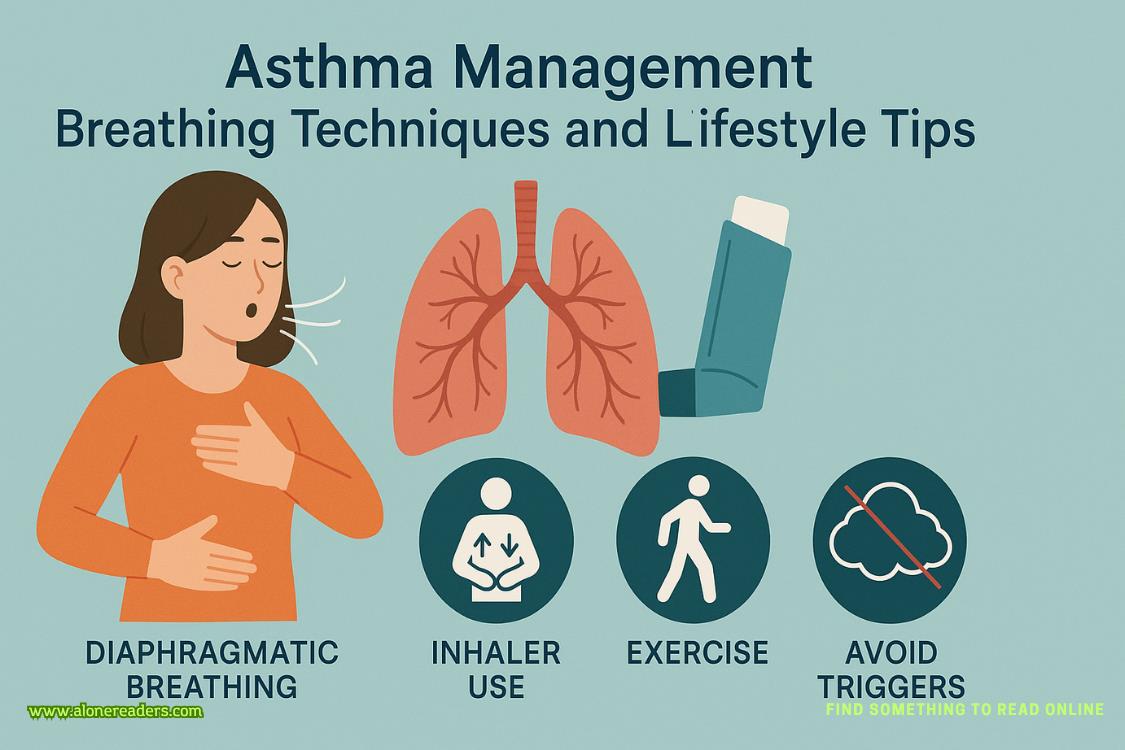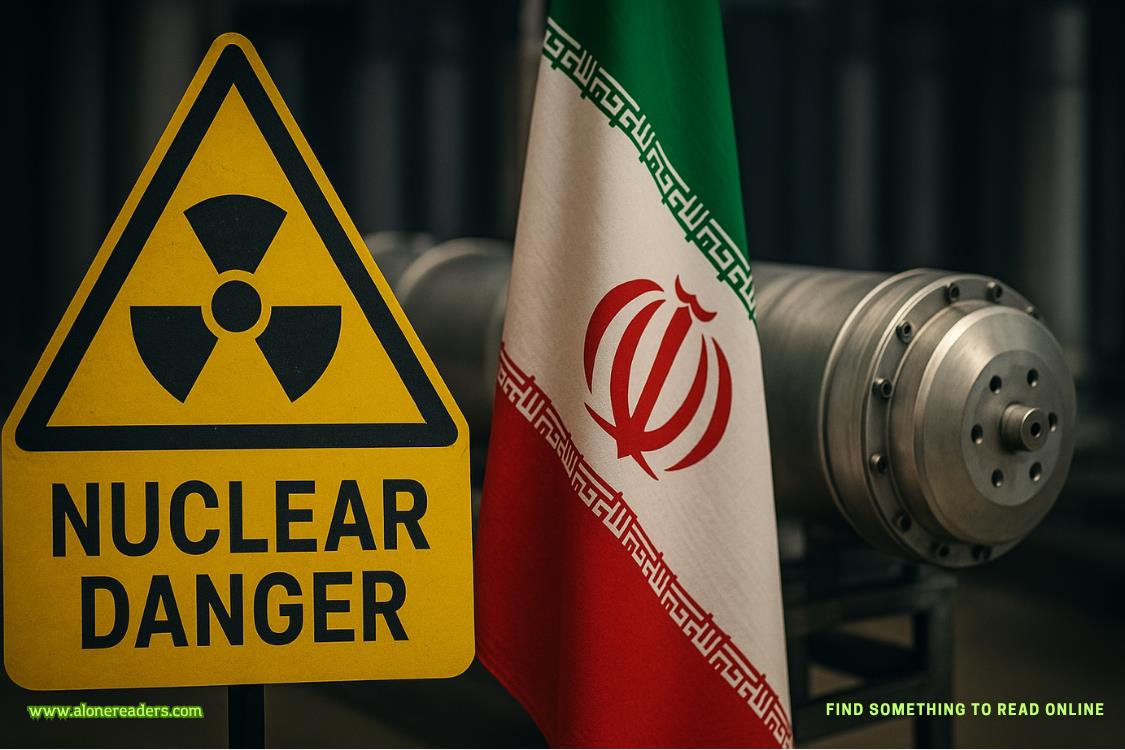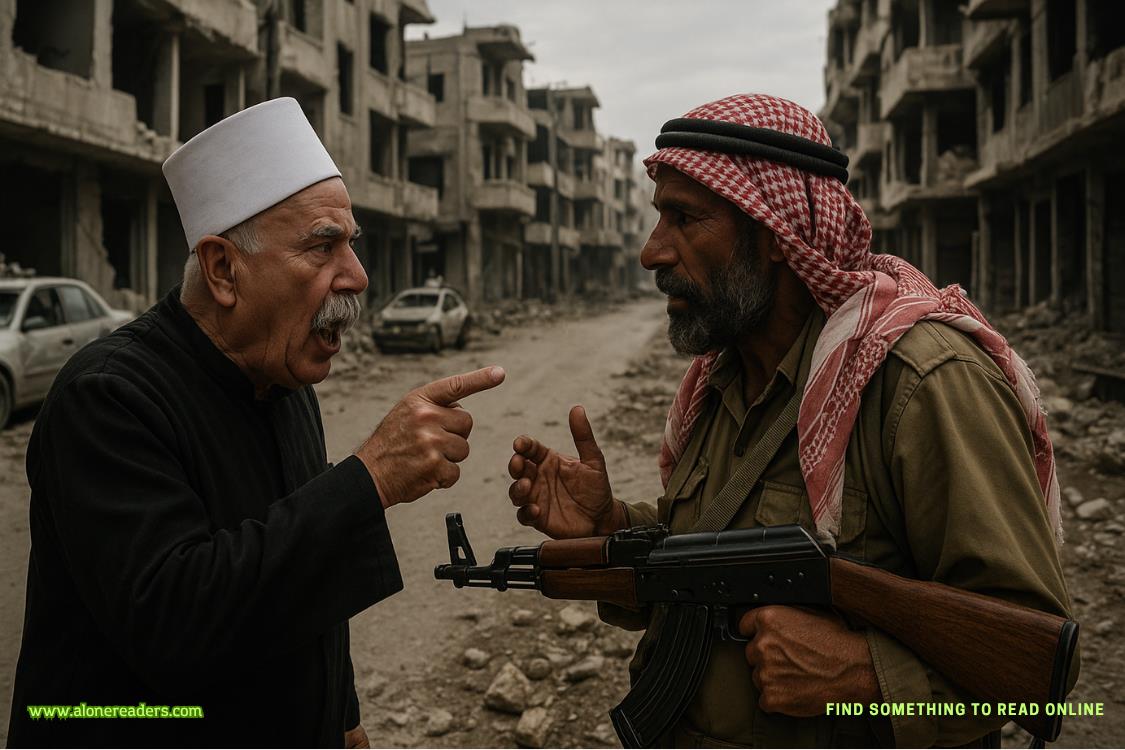“In the morgue, I imagine.”
“What’s a morgue?” inquired Raphael.
“It’s a place where the dead are kept until they can be buried. A specialist known as a forensic pathologist will try to determine what happened to her.”
“Who was she?”
“The police don’t know yet.”
“Did someone kill her?” asked Irene.
“They don’t know that either. It’s quite possible she simply had an accident of some sort.”
It was also possible that the woman had taken her own life, but Gabriel had no wish to spoil the meal further with talk of suicide. Chiara, sensing his discomfort, deftly shifted the topic of conversation to Saturday’s protest march. It had been Gabriel’s brilliant idea, but he had wisely left the planning in his wife’s hands. The march would begin, she explained, in the Campo Santi Giovanni e Paolo in Castello and conclude—three hours later, provided the children maintained a steady pace—in the Piazza San Marco.Eight other parents had agreed to help supervise the affair. Venetian social etiquette dictated that the arduous trek be followed by a celebratory lunch. Chiara had yet to settle on a venue.
“How many marchers are you expecting?”
“It could be as many as a hundred.”
“In that case, we’ll need outdoor seating.”
“Unless we hold the luncheon here.”
“Where?” asked Gabriel.
“In our apartment, darling. We have more than enough room, and I’m sure the other mothers will help me prepare the food. This is Venice, after all. It’s what we do.”
Chiara slipped into the kitchen and returned a few minutes later with a steaming bowl ofrisotto alla Milanese. Gabriel devoured two portions of the saffron-colored rice while Irene and Raphael excitedly worked out the details of hosting a luncheon for one hundred of their schoolmates. The sound of their voices chased the nightmarish vision of the corpse from his thoughts, but it returned later that evening as he stood at the balustrade of his loggia, watching a water taxi beating its way up the Grand Canal. Thelaguna, he thought, had indeed been unkind to her. Now she lay on a tray of cold metal in the Venice municipal morgue, alone and in darkness. A woman without a name. A woman without a face.
4
Terraferma
For the next two days, life in Venice moved at more or less a normal rhythm. The tourists tramped and traipsed, the stalls of the Rialto Market filled and emptied, the tides rose and receded, leaving no new horrors in their wake. A lengthy story about the grisly discovery in thelagunaappeared on the front page ofIl Gazzettino’s print edition on Thursday morning, but by Friday the coverage had been relegated to the Venezia section. Police were acting under the assumption there was foul play involved, though they had yet to determine the identity of the decedent. A request for assistance from the public had so far turned up nothing.
Gabriel passed those two otherwise tranquil autumn days atop his work platform in the Basilica di Santa Maria della Salute. The Titian proved a welcome distraction, as did the noisy patrons who filled the nave for five hours each day. He had no wish to discuss his dubious heroics with the barman at Caffè Poggi, so he brought along a thermos flask of coffee each morning and forwent his usual midday break. He worked late on Thursday, but on Friday afternoon he had drinks with Chiara on the terrace of the Monaco. She informed him that the number of marchers for tomorrow’s climate demonstration had risen to one hundred and twenty-five.
“How are we possibly going to feed them?”
“Don’t worry, darling. The caterers will take care of everything.”
“What caterers?”
They arrived at eight the following morning and began erecting circular tables throughout the apartment. Gabriel, after locking the door of his studio, accompanied Chiara and the children to the Campo Santi Giovanni e Paolo, where no fewer than eighty young schoolchildren had already gathered. By nine o’clock, the scheduled start time of the march, their number had swelled to one hundred and fifty. Irene somehow organized them into two orderly columns. Then a loud cheer went up, and they were off.
Twelve parents kept watch over the marchers, with Chiara at the sharp end of the noisy procession and Gabriel, who knew a thing or two about surveillance and protection techniques, in a trailing position. Their route took them westward along the busy Strada Nova, where, with the exception of a few cross words from a Fratelli-supporting shopkeeper, they were well received. They paused briefly in the Campo Santa Fosca for a protective head count, then set off along the Rio Terà San Leonardo toward Santa Lucia. They arrived only fifteen minutes behind schedule. Another quick count, this one conducted by Gabriel, confirmed that they had suffered no losses.
Next they filed over the Ponte degli Scalzi and followed a circuitous route to the Accademia, where they chanted a slogan at the museum’s entrance before crossing the Grand Canal a second time. After a final head count, they marched past the luxury boutiques lining the Calle Larga XXII Marzo and entered the Piazza San Marco as the giant bell atop the campanile tolled midday.
Confident they had spared the planet a climate apocalypse, they traveled in a succession of vaporetti from San Marco to San Tomà. The luncheon, like the march before it, proceeded without incident,and by four o’clock the children and the caterers had departed, and a deep and abiding silence settled once more over the rooms of the Allon family’spiano nobile. They were in agreement that the entire enterprise, despite the unfortunate circumstances that brought it about, had been a resounding success.
Gabriel spent the remainder of the afternoon working on the Florigerio, and the next morning, after consulting the forecast, he coaxed Chiara and the children onto his Bavaria 42 sailboat for a daylong cruise on the Adriatic. They returned to the marina at sunset by the same route they had left it—through the busy Lido Inlet. If the woman’s body had arrived in Venice on a morning tide, it would have traveled the same route. Gabriel, as he surveyed his surroundings, thought it improbable. The woman, he reckoned, had died a Venetian death, probably within the city’s six historicsestieri.
By Monday morning she had vanished from the pages of Venice’s daily newspaper, but the terrible image of her faceless corpse remained lodged in Gabriel’s memory. He was not at all displeased, therefore, when Dottoressa Saviano suggested that the children drop by the Salute on Thursday for the promised demonstration and lecture. Gabriel arranged for the visit to begin at noon, when the basilica was closed to the public. His audience was attentive throughout the presentation, though Gabriel was distracted by the persistent vibration of his phone. He waited until the children had departed before returning the call.
“What took you so long?” asked Luca Rossetti.
“I was in the middle of something. What’s so urgent?”















